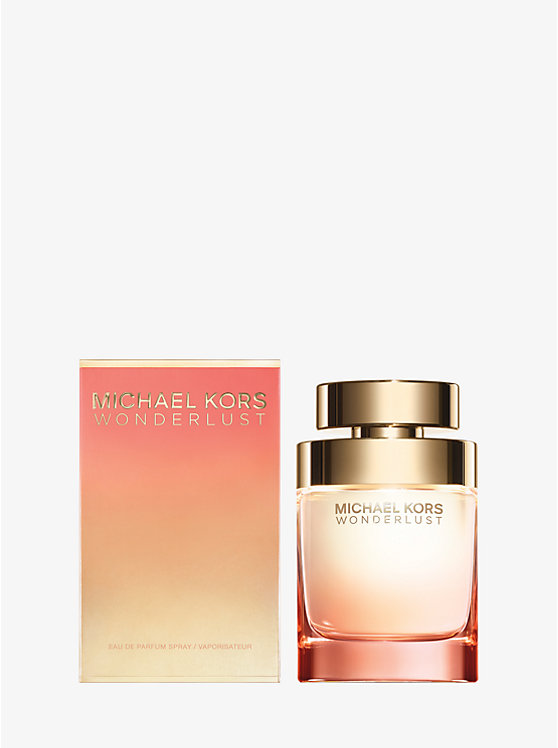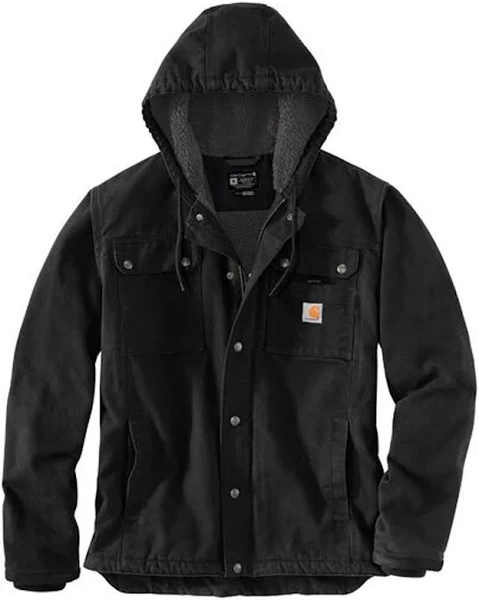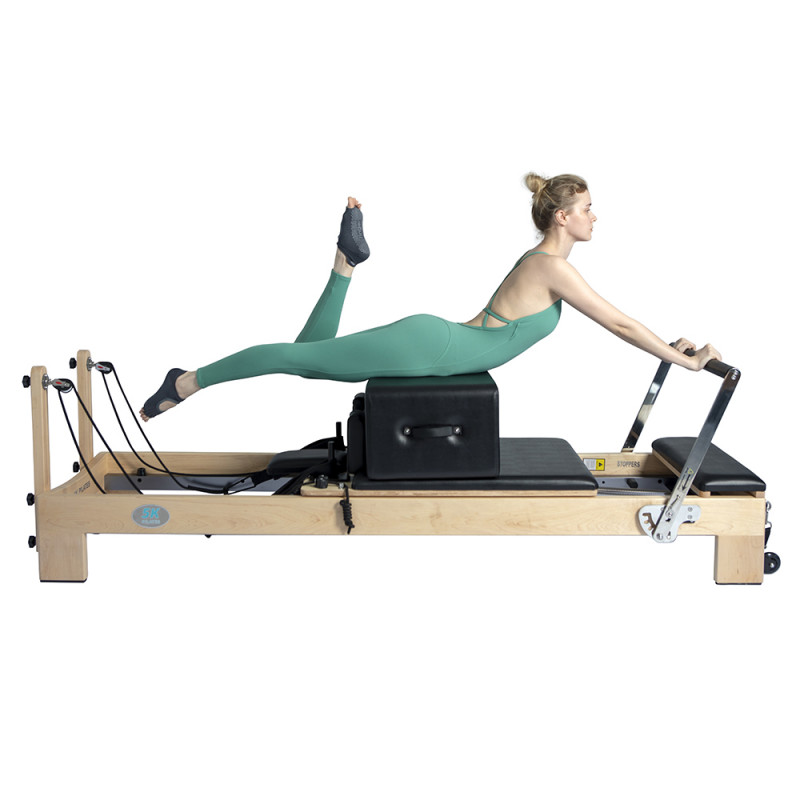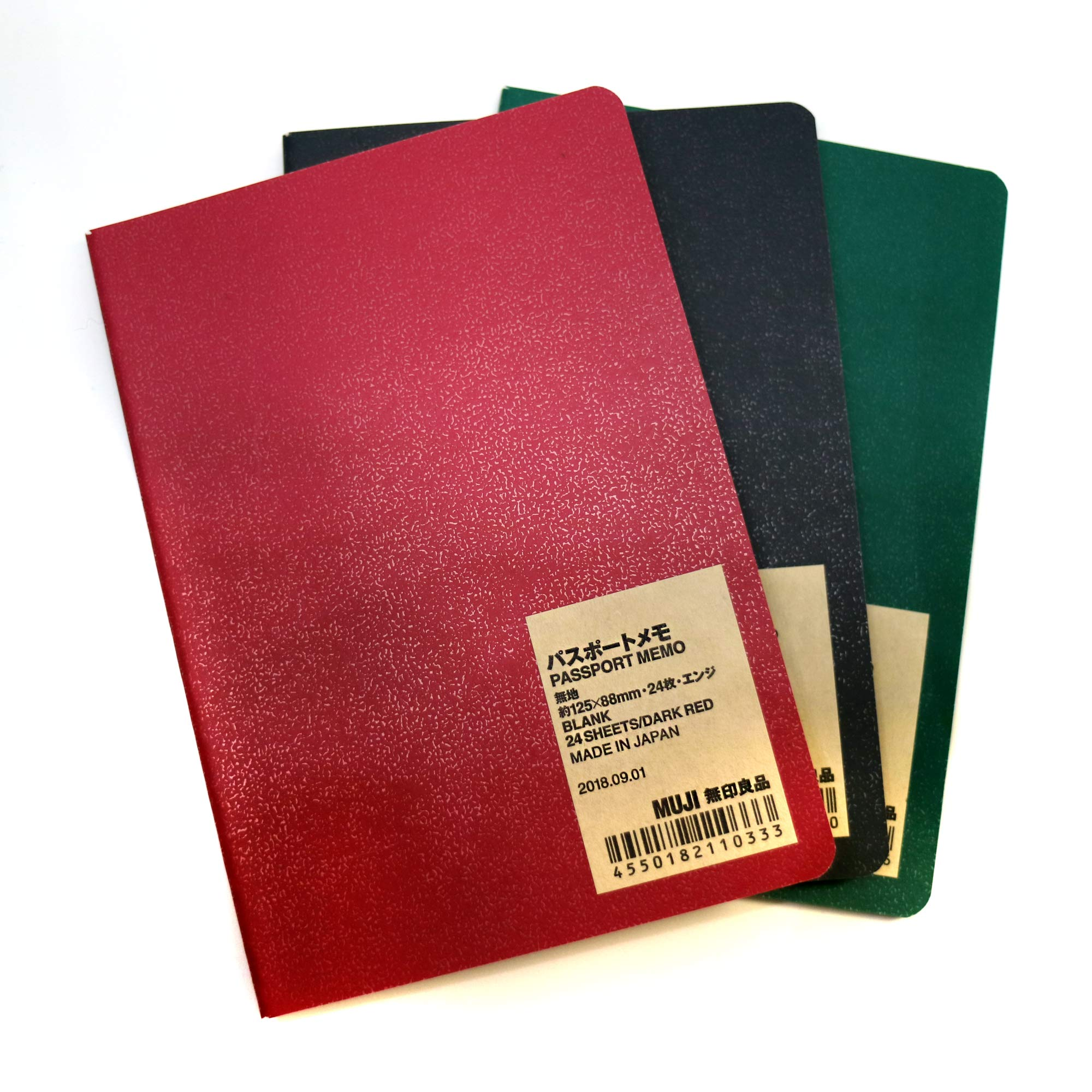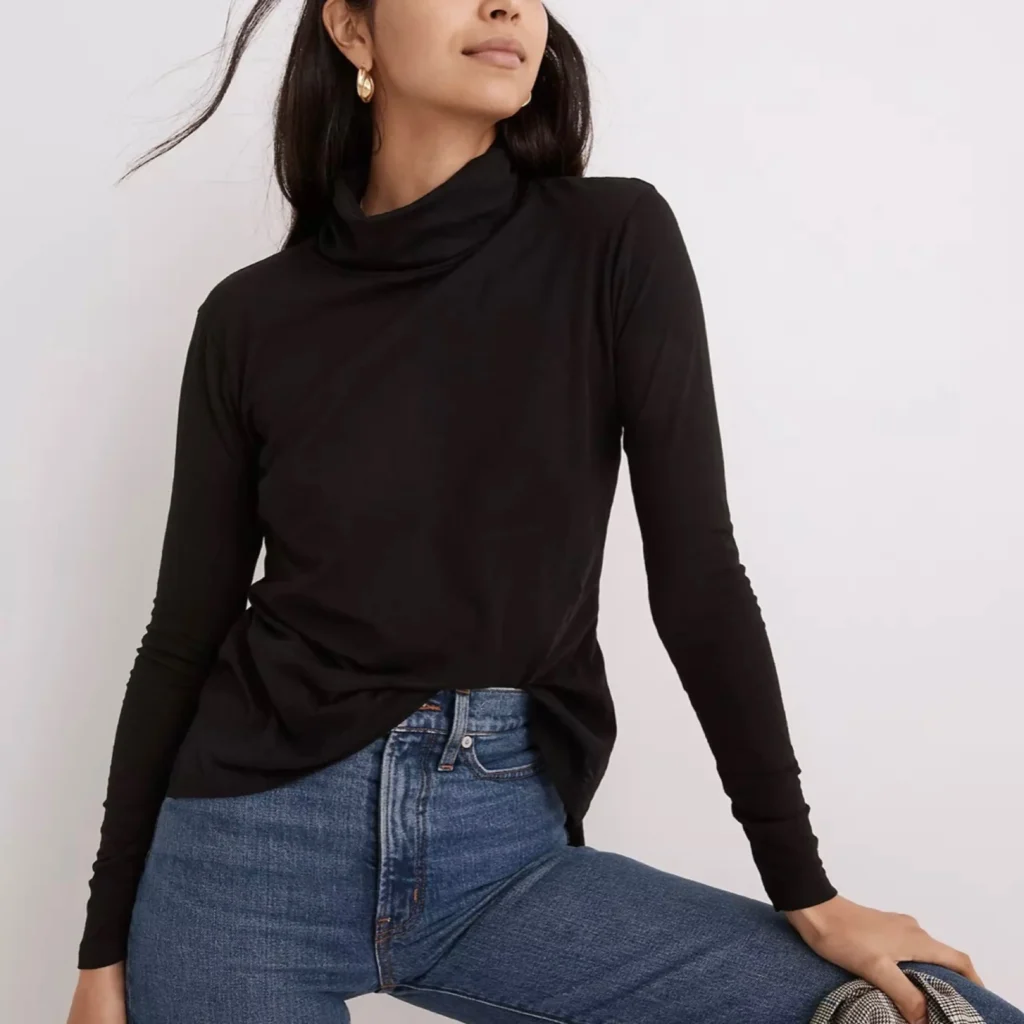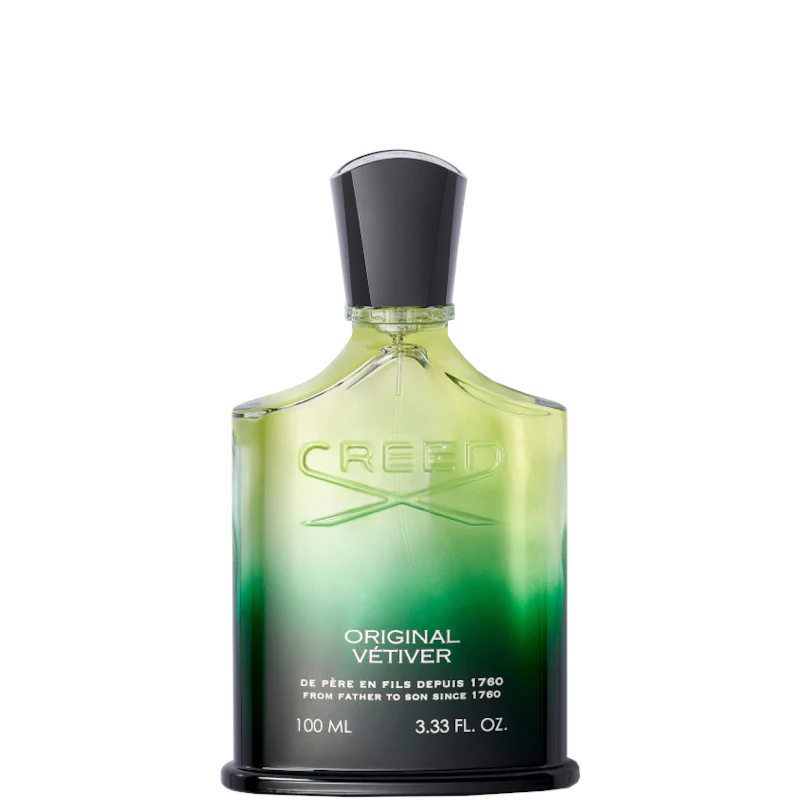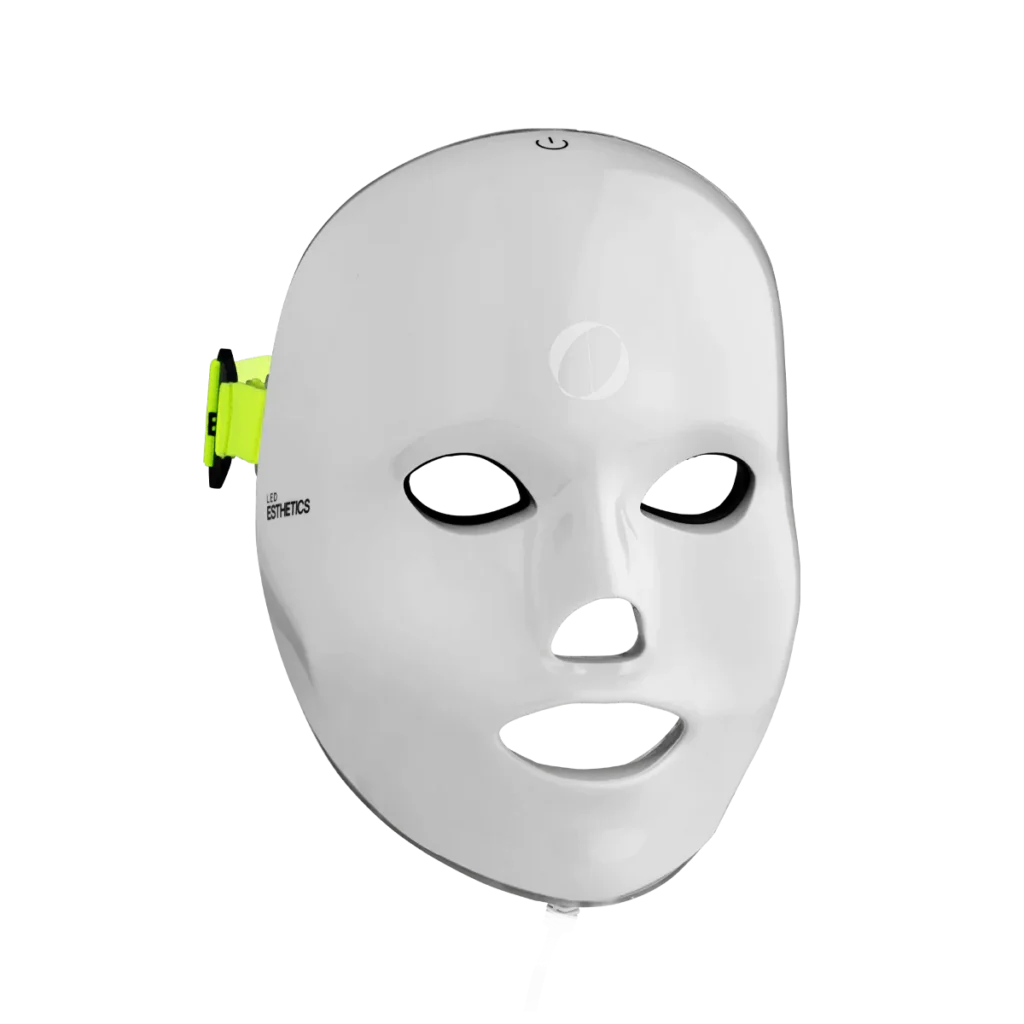Projectors used to be large, heavy devices confined to conference rooms or home theater setups. Not anymore. Today’s compact projectors are small enough to fit in your bag, yet powerful enough to display a presentation in a meeting or a movie on your living room wall. Whether you’re a professional who wants to wow clients with on-the-spot presentations or someone who enjoys movie nights and gaming on a big screen, a portable projector offers incredible flexibility. You can set up an impromptu theater anywhere – in a dimmed office, a classroom, or even at a camping site. All you need is a blank wall or screen and you’re good to go.
In this article, we’ll discuss what to consider when choosing a compact projector, from brightness and resolution to smart features and battery life. We’ll also spotlight the Anker Nebula Capsule II, a popular portable projector known for its soda-can size and surprising capabilities, to illustrate why these mini devices are making a big impact in both professional presentations and home entertainment.

Why Go Compact? Benefits of Portable Projectors
The appeal of a compact projector lies in its portability and versatility. Traditional projectors often require dedicated space and setup, but a mini projector can be carried effortlessly and set up in seconds. This means you can deliver an impressive presentation without relying on the venue’s equipment – just dim the lights and project onto a wall or screen. For professionals, that’s a game-changer; you have control over your presentation environment wherever you go.
For home users, a compact projector opens up new possibilities beyond the confines of a TV screen. Want to host a backyard movie night? Or watch a big-screen movie while traveling (perhaps projecting onto a hotel wall)? A portable projector makes it easy. Because many compact projectors have built-in batteries and speakers, you don’t even need an outlet or external sound system for short viewing sessions. It’s all self-contained.
These devices are also generally easy to use. Many come with smart features like built-in streaming apps or wireless connectivity. This means you can stream content directly (if the projector runs an operating system like Android TV) or quickly hook it up to a laptop or smartphone. In short, a compact projector gives you the freedom to create a cinematic or presentation experience anytime, anywhere – something that used to require a lot more planning and equipment.

Key Features to Consider in a Compact Projector
When evaluating portable projectors, keep the following factors in mind:
Brightness
This is measured in lumens (or specifically ANSI lumens for more standardized measurements). Compact projectors typically aren’t as bright as full-size ones. Many range from about 100 to 300 ANSI lumens. The brighter, the better – especially if you can’t achieve full darkness in your viewing area. A device like the Nebula Capsule II offers about 200 ANSI lumens, which is enough for a decent image in a dim or dark room. In a well-lit room, however, any mini projector will struggle, so plan to dim the lights for the best experience.
Resolution
Portable units often have lower resolutions than big home projectors to save on size and cost. Common resolutions are 854×480 (DVD quality) or 720p HD. There are a few that do 1080p, but 720p is common and usually sufficient for casual viewing on a smaller projected size. The Capsule II, for example, projects at 1280×720 pixels (720p HD), which looks clear up to its recommended image size (often around 100 inches diagonal). Text in presentations and subtitles in movies remain fairly sharp at that resolution on moderate screen sizes.
Battery Life
One big advantage of compact projectors is that some have internal batteries, so you can use them away from power outlets. Battery life can vary – often around 2 to 3 hours, enough for a movie or a couple of presentations. The Nebula Capsule II, for instance, has a video playback time of around 2.5 hours on battery. If you need longer, you’ll have to plug it in or bring a power bank (some projectors can run off USB power packs). If battery operation is important, check that the projector supports it and how long it lasts per charge.
Smart Capabilities
A lot of newer mini projectors come with built-in operating systems (like Android TV) or streaming dongles, which allow you to use apps like Netflix, YouTube, or PowerPoint without connecting an external device. This can be extremely handy – the projector becomes an all-in-one entertainment or presentation device. The Capsule II, for example, runs Android TV and can run thousands of apps directly, so you can stream or present wirelessly. If a projector isn’t a smart projector, you’ll likely connect it to a laptop, phone or streaming stick via HDMI or wireless casting.
Audio Quality
Because of their size, compact projectors have small speakers. Some actually do a decent job with sound given their size, but don’t expect room-shaking audio. The best have around 5W to 8W speakers built in. One neat feature of the Capsule II is that it can double as a stand-alone Bluetooth speaker when you just want to play music – its 8W speaker is quite loud for its size. If audio is critical, you might pair the projector with a portable Bluetooth speaker or use headphones via the projector’s audio jack.
Connectivity
Look at what inputs and wireless options are available. HDMI ports let you hook up laptops, consoles, or media players. USB ports can sometimes play files from a thumb drive. Wireless screen mirroring (like Chromecast or AirPlay support) can be a plus for quick presentations from a phone. The Capsule II offers HDMI and USB, and since it’s an Android TV device, it also supports casting. It also has Bluetooth, both for output (to connect speakers) and input (to use it as a Bluetooth speaker). Think about how you intend to use the projector and what you’ll need to connect to it.

Featured Product: Anker Nebula Capsule II
One of the most popular compact projectors on the market is the Anker Nebula Capsule II. Shaped roughly like a soda can, this mini projector packs a surprising punch in terms of features.
Highly Portable Design
The Capsule II truly lives up to the “compact” name – it’s small and lightweight, making it easy to carry around. It fits in one hand and slips into a bag without hassle. It has a built-in battery (about 2.5 hours of video playback) so you can use it even where power outlets aren’t available. This makes it ideal for things like outdoor movie nights or on-site client presentations. The projector’s casing is sturdy and well-built, so it feels like it can handle trips in your backpack. And with its sleek black design, it looks more like a high-tech gadget than the projectors of old.
Big Entertainment in a Small Box
Despite its size, the Capsule II runs the full Android TV (version 9.0) operating system. That means it has streaming apps and smart capabilities built right in. You can fire up Netflix, YouTube, or other apps directly on the projector without needing to plug in an external device. It even has Google Assistant voice control via the remote. This makes it incredibly convenient for home use – it’s like having a smart TV that you can put in your pocket. For presentations, you can also install apps (or use casting) to show slides or documents, or just plug in via HDMI from your laptop for a traditional setup.
![Anker Nebula Capsule II review: Android TV in can [Video] - 9to5Google](https://9to5google.com/wp-content/uploads/sites/4/2019/11/Anker-Nebula-Capsule-II-review-1.jpg?quality=82&strip=all)
Image and Sound Performance
The Nebula Capsule II projects a 720p HD image up to about 100 inches diagonal. At moderate sizes (40-80 inches) the picture is sharp and colorful, great for PowerPoint slides or watching shows. It’s not the brightest projector – at 200 ANSI lumens, it works best in darkened rooms. In a pitch dark environment, the picture looks very good, with decent clarity and contrast. Dim lighting is okay, but it won’t overpower daylight or bright fluorescent lights. This is a common trade-off for compact projectors. On the sound front, the Capsule II shines: it has an 8W built-in speaker that produces surprisingly clear and loud audio. It’s loud enough for a small conference room or a living room. Plus, as mentioned, you can use the device just as a Bluetooth speaker when you only need audio.
Easy Setup and Use
Setting up the Capsule II is simple. You turn it on, and within seconds you have a Wi-Fi connected smart projector ready to go. Focus is automatic, so your image gets sharp on its own when you move the projector. It also has an auto keystone feature to correct distortion if the projector isn’t perfectly perpendicular to the wall. Navigating the Android TV interface with the included remote feels just like using any smart TV or streaming device. And when you want to present from a laptop or another source, you can use the HDMI port. The flexibility to switch between standalone streaming and external input is fantastic. The battery life of ~2.5 hours means you can get through a typical movie without plugging in; for longer sessions or multiple presentations back-to-back, you’d keep it charged or plugged into power.
These mini projectors keep improving.
Conclusion
The rise of compact projectors has transformed the way we share ideas and enjoy entertainment. Bold, portable, and bursting with smart features, devices like the Anker Nebula Capsule II deliver a bright, clear image wherever you go—be it a boardroom, backyard, or campsite. With up to 200 ANSI lumens, 720p HD resolution, and an integrated Android TV ecosystem, the Capsule II strikes the perfect balance between convenience and performance. Its 2.5-hour battery life means you can screen a full-length movie off the grid, and the built-in 8 W speaker doubles as a standalone Bluetooth powerhouse. Whether you’re wowing clients or immersing yourself in cinema under the stars, a compact projector empowers you to think big without the bulk.
FAQ
-
What brightness do I need for a portable projector?
Aim for at least 150 ANSI lumens if you’ll be in dim but not fully dark rooms; 200 lumens (like the Capsule II) offers a solid image in controlled lighting. For well-lit environments, consider a brighter full-size model. -
Can I use a mini projector without Wi-Fi?
Absolutely. Connect via HDMI or USB to play local files or mirror your laptop or phone. If you need streaming apps, look for a built-in OS like Android TV, or plug in a streaming dongle. -
How do I maximize battery life?
Lower the brightness and volume during playback. If you run the projector at maximum settings, expect closer to 2 hours; moderate settings usually extend to around 2.5 hours. -
Will a compact projector work outdoors?
Yes—just choose a dark location away from streetlights, and use a flat surface or portable screen. Keep it dry and stable, and you’ll have an impromptu outdoor theater in minutes. -
Is the audio on these small projectors any good?
Built-in speakers (5 W–8 W) are decent for small groups, but for richer sound, pair via Bluetooth or the audio jack with a portable speaker or headphones. -
Which devices can I connect?
Nearly anything with HDMI or casting support: laptops, smartphones (via AirPlay or Chromecast), gaming consoles, and USB drives. If it outputs video, you can project it. -
Are compact projectors suitable for gaming?
For casual play, yes—a 60 Hz refresh and modest input lag work fine. Competitive gaming demands faster displays, so stick to TVs or monitors for esports.



